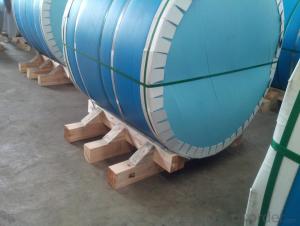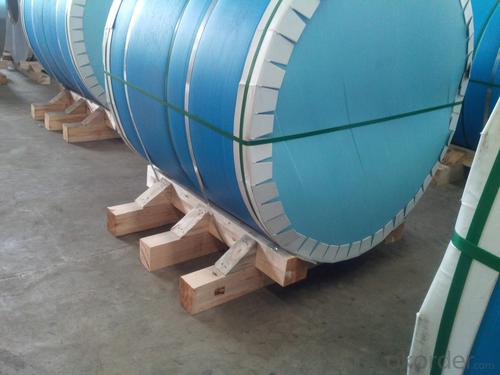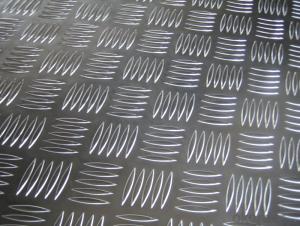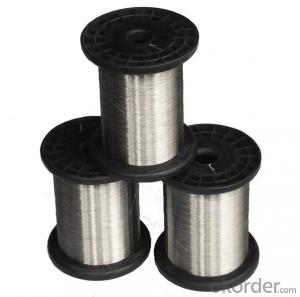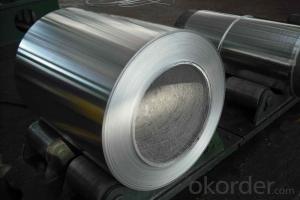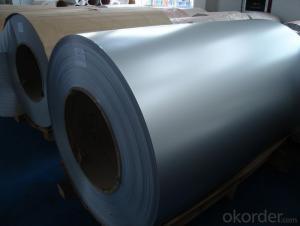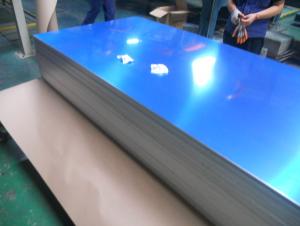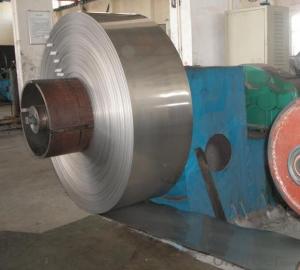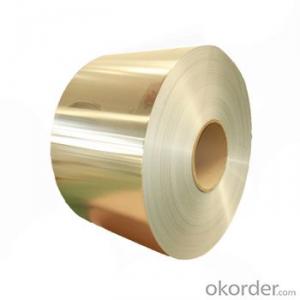Champagne Anodized Aluminum Coil for Rerolling - Direct Casting
- Loading Port:
- Shanghai
- Payment Terms:
- TT OR LC
- Min Order Qty:
- 5 m.t.
- Supply Capability:
- 20000 m.t./month
OKorder Service Pledge
OKorder Financial Service
You Might Also Like
Specification
1.Structure of Direct Casting Aluminium Coil for Rerolling
Direct Casting Aluminium Coil for Rerolling for Outer Building is one semi-finished aluminium material. This strip can be rolled down to aluminium coil,sheet,circle ect. The alloy AA1050 is widly used in building, industry ect. Its weight is much lower than steel. So many customers choosed aluminium material instead of steel.
2. Main features of Direct Casting Aluminium Coil for Rerolling
a.Competitive price---We have our own mills and can produce mill finished aluminium coils, so we can control the production cost better.
b.Professional after-sale service---We have more than 15 years exportation experience and you need not worry about the exporation problems.
c.Fast delivery time---We can control the delivery time within 35 days.
3. Image
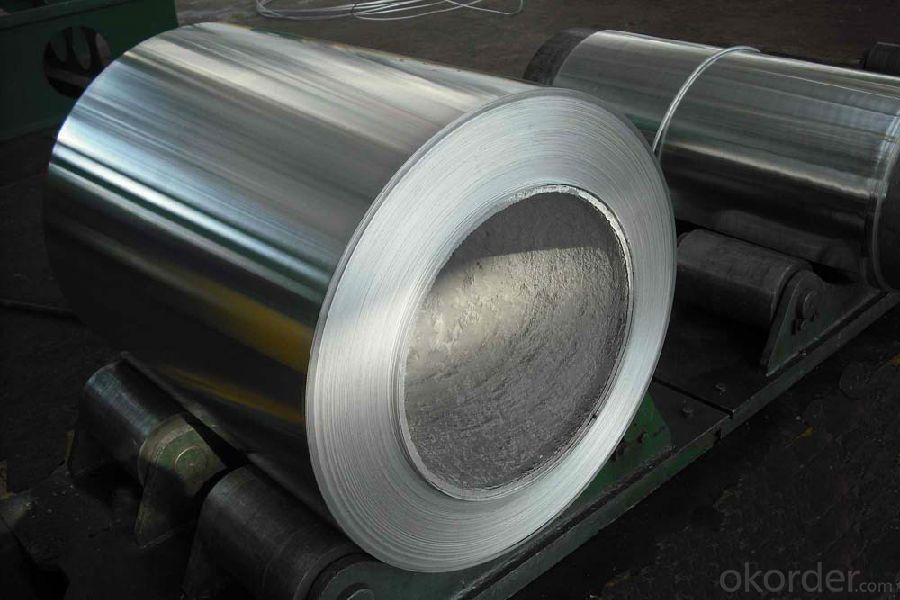
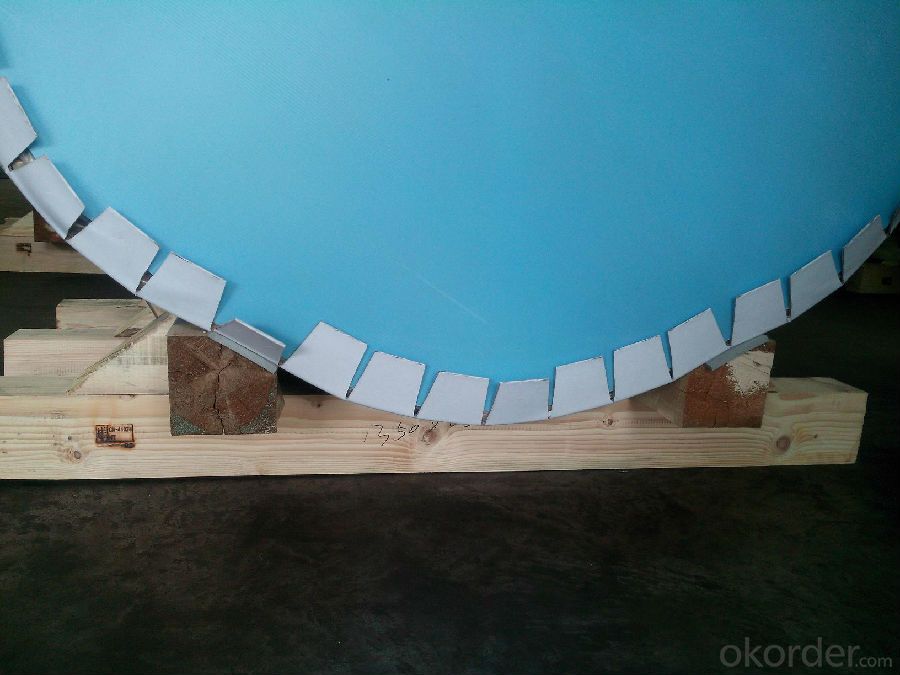
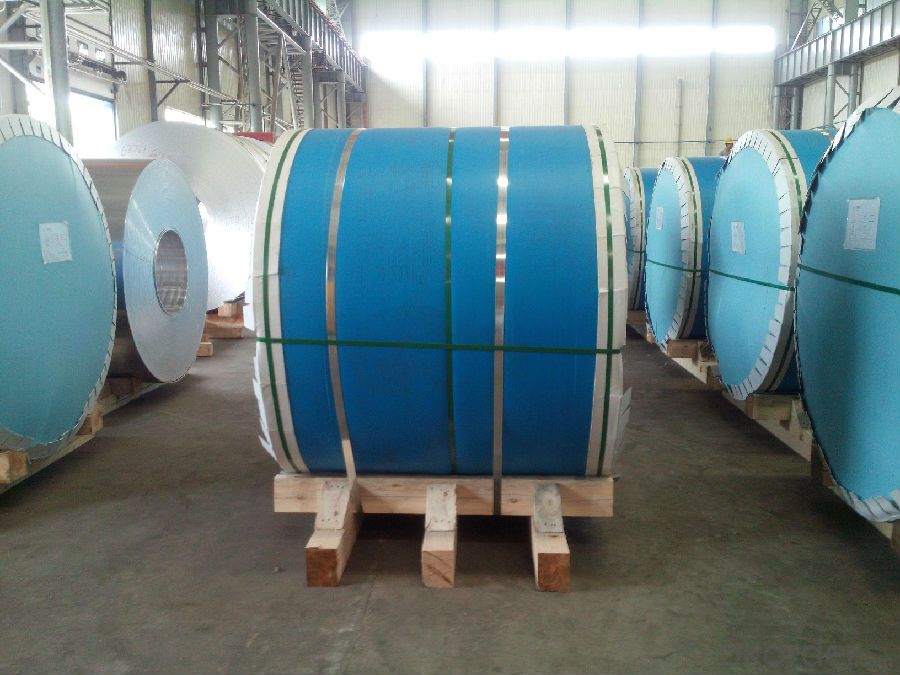
4. Product Specification
| Alloy | Temper | Thickness | Width | Weight |
| AA1050 | F,H18 | 3MM-8MM | 1000MM-1500MM | About 2.5 tons |
5.FAQ:
What is the quality standard?
---Usually our standard is GB3880-2006
What is the largest width?
---It is 2300mm
What is the MOQ?
---Usually we can accept 80 tons.
- Q: What are the maximum dimensions available for aluminum sheets?
- The available dimensions for aluminum sheets depend on a variety of factors, including the manufacturing process, supplier capabilities, and customer requirements. However, standard sizes for aluminum sheets typically range from 0.02 inches (0.5 mm) to 0.25 inches (6.35 mm) in thickness. The widths can vary from 24 inches (609.6 mm) to 72 inches (1828.8 mm), while the length can generally extend up to 144 inches (3657.6 mm). It is worth noting that these dimensions may differ depending on the specific supplier or manufacturer, and customized sizes can be produced to meet individual needs.
- Q: what are the differences between aluminium , iron , steel.... properties like strength , durability , corrosion resistance properties...finally which is cost efficient and best for all purpose..??
- the difference between iron, steel aluminium is that aluminium contains no carbon as iron steel do. Iron steel over time will rust but aluminium wont. In taking out carbon out off iron to make steel is it needs the carbon % to be less than 0.5% as with iron it still contains carbon at 1.5% to 2% so is not a very strong metal and steel. In Strength Steel is stronger than aluminium and also weights heavier than aluminium. Aluminium do sent corrode because it do sent contain iron as with steel it dose as oxygen reacts with it over time causing it to rust. This is why a coat of red oxide paint is put on it for finishing purposes. In cost efficient steel is the cheaper as steel is a faster process in making it. As you only need 3 ingredients which are Iron ore, Coke which is coal burnt to take off impurities and leaves carbon. As with Aluminium it is more expensive as an expensive process to make and the ore and can only be mined in sear-tonn countries such as Australia. Hope this Helps :o)
- Q: Is it possible to utilize aluminum sheets in the construction of high-rise buildings?
- <p>Yes, aluminum sheets can be used in high-rise buildings. They are valued for their lightweight, high strength, and resistance to corrosion. Aluminum is often used in curtain walls, window frames, and roofing due to its durability and recyclability. It also offers design flexibility and can be easily shaped and joined, making it suitable for modern architectural designs. However, it's important to ensure that the aluminum used meets the specific building codes and safety standards for high-rise construction.</p>
- Q: Can aluminum sheets be easily shaped or bent into desired forms?
- Aluminum sheets possess the advantageous characteristic of being effortlessly malleable, allowing them to be shaped or bent into desired configurations. This high malleability of aluminum ensures that it can be easily manipulated without any risk of fracturing or breaking. Moreover, its low density and impressive strength-to-weight ratio deem it an optimal selection for numerous applications that necessitate shaping or bending. Various techniques, including press-braking, roll-forming, or utilization of specialized tools like a sheet metal brake, can be employed to shape or bend aluminum sheets. The simplicity associated with shaping or bending aluminum sheets has propelled its widespread adoption in industries such as automotive, aerospace, construction, and manufacturing, where customized forms and designs are frequently required.
- Q: How do aluminum plates paint?
- Pretreatment is usually required. Acid and alkali cleaning can be done either by oil or by xylene,The paintings do not know, but most of them are painted or printed on the aluminum plate, usually by heat transfer, silk screen, or decorative board, which is sprayed directly and then painted.
- Q: What are the different methods of surface coating for aluminum sheets?
- Aluminum sheets can be coated using various methods, each with its own unique benefits and applications. Some commonly used methods include: 1. Anodizing: By immersing aluminum in an electrolytic solution, a protective oxide layer is formed on its surface. This process enhances corrosion resistance, durability, and can be used for decorative finishes. 2. Powder coating: Dry powder is applied to the aluminum surface and then cured through heating. This method provides a durable and attractive finish, with excellent resistance to abrasion, chemicals, and UV rays. 3. Painting: Conventional liquid paints can be used to coat aluminum sheets, allowing for customization and offering good corrosion protection. However, this method may not be as durable as others. 4. Cladding: A protective layer, such as stainless steel or other metals, is bonded onto the surface of the aluminum sheet. This provides superior protection against corrosion, impact, and extreme weather conditions. 5. Laminating: A thin layer of protective material, such as PVC or PET film, is applied to the aluminum sheet. This enhances resistance to scratching, staining, and fading, making it suitable for applications requiring long-term durability. 6. Chemical conversion coating: The aluminum surface is treated with a chemical solution to create a thin, protective layer. For example, chromate conversion coating enhances corrosion resistance and improves paint adhesion. 7. Electrophoretic deposition (EPD): The aluminum sheet is immersed in a water-based paint solution, and an electric current is used to deposit the paint particles onto the surface. This method provides uniform coating thickness and excellent corrosion resistance. Each of these methods has specific advantages and is suitable for different applications. The choice of method depends on the desired properties, aesthetics, and intended use of the aluminum sheets.
- Q: Can aluminum sheets be used for HVAC systems?
- Certainly, HVAC systems can utilize aluminum sheets. Aluminum proves to be a favored material for HVAC applications owing to its numerous beneficial characteristics. Its lightweight nature facilitates effortless handling and installation. Moreover, aluminum exhibits remarkable resistance to corrosion, a vital attribute for HVAC systems subject to moisture and fluctuating temperatures. Additionally, aluminum boasts exceptional thermal conductivity, ensuring efficient heat transfer. Consequently, it becomes ideal for heat exchangers and other HVAC system components. In summary, aluminum sheets emerge as a dependable and long-lasting choice for HVAC systems.
- Q: There seems to be a load of buzz out there regarding the use of aluminum pots and pans. They apparently may cause Alzheimer’s or bone degeneration in women. I have some cast iron pans that I use when ever possible but they are not always practical. I’d like some of you kitchen pros to give me some sound advice regard the use of aluminum in the home kitchen. I know they are used in food service organizations.... I look forward to some informative replys.Thanks in advance.
- each thing you do in any given day would reason some style of maximum cancers. you may could be residing in a bubble to not be uncovered. of direction, the bubble could be produced from some style of plastic which of direction would desire to divulge you to 3 strand of maximum cancers besides.
- Q: Aluminum plate 90 degree bending, why cracking?
- Should be the aluminum sheet material and status is wrong, I wonder what brand aluminum plate?.Use 1060 Aluminum plate, condition: soft, 90 degree bending, won't crack
- Q: Is there any reason to believe flushing aluminum foil down the toilet is a bad idea?
- don't use caustic soda , once it hits water it can explode and go everywhere causing severe burns
Send your message to us
Champagne Anodized Aluminum Coil for Rerolling - Direct Casting
- Loading Port:
- Shanghai
- Payment Terms:
- TT OR LC
- Min Order Qty:
- 5 m.t.
- Supply Capability:
- 20000 m.t./month
OKorder Service Pledge
OKorder Financial Service
Similar products
Hot products
Hot Searches
Related keywords
